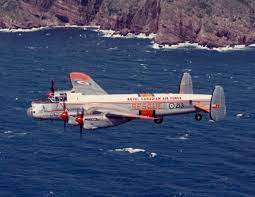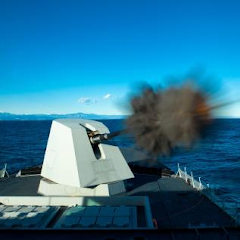Sergeant (Ret’d) Ernest “Smokey” Smith, VC

It is not clear why anyone would ever choose to join the Canadian Armed Forces.
Ours is not a country that celebrates its military heroes. Our governments have traditionally cared little for those who serve or who have served. It is widely believed that once a year, on November 11, an act of contrition and remembrance when we go through the motions of honouring those who served is more then sufficient to meet our obligations to them.
It must be assumed that those who join must do so for there own reasons.
Earnest Alvia Smith was born on the third of May, 1914, in New Westminster, British Columbia. Like many others Smith struggled to find regular employment during the great depression of the 1930's. In March of 1940 he joined the Canadian Army becoming part of The Seaforth Highlanders of Canada.
Although his armed forces career included episodes of what was characterized as insubordination and inappropriate alcohol consumption Smith achieved the rank of sergeant before he left the army.
In 1947, Smith wed Esther Weston and they had two children, David and Norma-Jean. After his retirement from the military, Smith opened a travel agency with his wife, "Smith Travel", which was in operation from 1969 to 1992. The couple retired in 1992, and Smith's wife died four years later, in 1996.
In retirement Smith devoted much of his time to helping his fellow veterans, assisting in Remembrance Day activities and representing veterans at the 2000 consecration ceremonies of Canada's Tomb of the Unknown Soldier having aided in negotiations for the return of those remains.
Smokey Smith died at his home in Vancouver on August 3, 2005, at the age of 91.
After his death his body was placed in the foyer of the House of Commons to lie in state on August 9, 2005, making him only the ninth person to be accorded this honour; government flags flew at half-mast on that day. He lay in repose at Vancouver's Seaforth Armoury on August 12, with a full military funeral in Vancouver on August 13. His ashes were scattered at sea in the Gulf of Georgia.
These honours were not, as one might hope, those commonly granted to one who has successfully lead a full and productive life, rather they were in remembrance of his service career, one night of that career in particular.
On the night of October 21/22, 1944 Private Smith was a member of a unit ordered to establish a bridgehead across the Savio River in torrential rain. His three-person PIAT (Projector, Infantry, Anti-Tank) team met with a German counterattack of three PzKpfw V Panther tanks, two self-propelled guns, and thirty infantry.
Smith and one companion (Pvt. Tennant) made there way across an open field to acquire a more advantageous position from which to recon and attack the enemy. Almost immediately, one of the German tanks spotted the two and fired, injuring Tennant. Smith moved into firing position with his PIAT, firing it from a distance of merely 10 metres. The tank was disabled, but the German soldiers riding on its back dismounted. rushing Smith who engaged the enemy with his Thompson submachine gun. As the attack continued Smith held his position until the enemy withdrew, defending his wounded partner and driving the Germans armour and infantry back once more. By the end of the night, one Panther and both self-propelled guns had been destroyed along with numerous enemy soldiers killed or wounded.
In later years Smith would describe the action in simple terms, “Our objective was to cross the river and that's what we did. We got in there and we weren't there too long before we were attacked by tanks.” “In the end there was just Jimmy and I, and then he got wounded so that left only me. So, I had to stay out there by myself.”
The motto of the Canadian Army is "Vigilamus pro te" which is Latin for 'We stand on guard for thee'.
It is not clear why anyone would ever choose to join the Canadian Armed Forces.
Perhaps in the end it is enough for some to know that they stood with those who Stand on Guard.



















